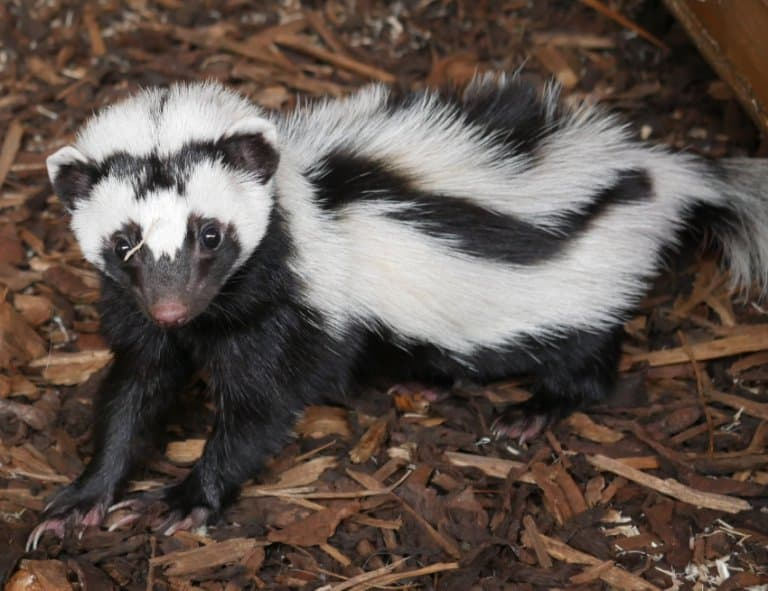Zorilla
The zorilla, also known as the striped polecat, is a fascinating and enigmatic creature that inhabits the African continent. This small mammal belongs to the Mustelidae family, which also includes weasels, otters, and badgers. Despite its name, the zorilla is not closely related to the true polecats. Let's delve into the remarkable characteristics and behaviors that define this elusive species.
The zorilla is best known for its striking appearance, characterized by a distinct black and white striped pattern that closely resembles that of a skunk. This unique coloration serves as a warning to potential predators, signaling the zorilla's ability to emit a noxious odor as a defense mechanism. With a long, bushy tail and short, powerful legs, the zorilla possesses a compact and agile build that aids in its movements through various habitats, including grasslands, savannas, and open woodlands.
Primarily nocturnal and solitary, the zorilla is a proficient digger, using its sharp claws to excavate dens in the ground where it seeks refuge during the day. Known for its scavenging habits, the zorilla feeds on a diverse diet that includes insects, small vertebrates, fruits, and carrion. Its keen sense of smell and sharp eyesight contribute to its success as a predator and scavenger in its ecosystem.
One of the most intriguing attributes of the zorilla is its potent defense mechanism. When threatened, the zorilla can discharge a foul-smelling secretion from its anal glands, which closely resembles the defensive mechanism of skunks. This noxious odor serves as an effective deterrent against potential predators, allowing the zorilla to evade danger and protect itself from harm.
















